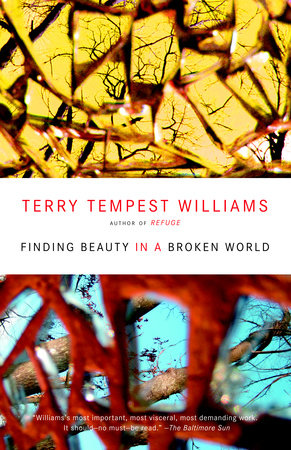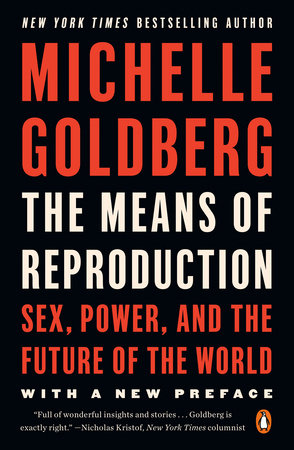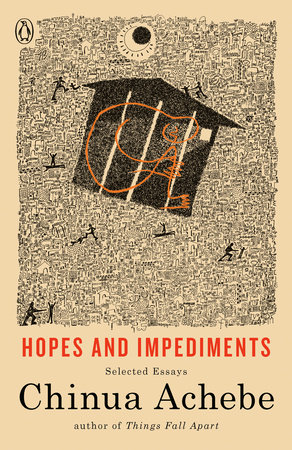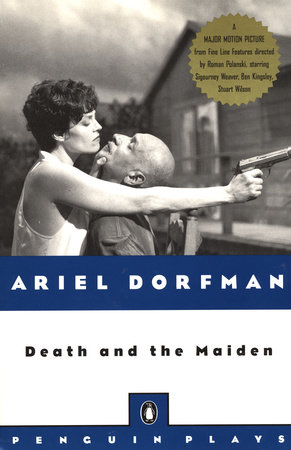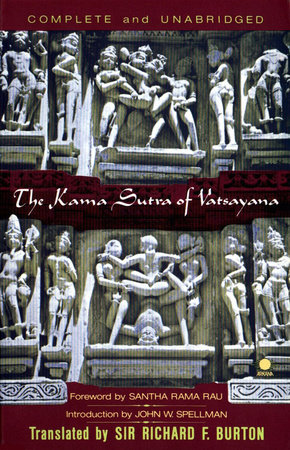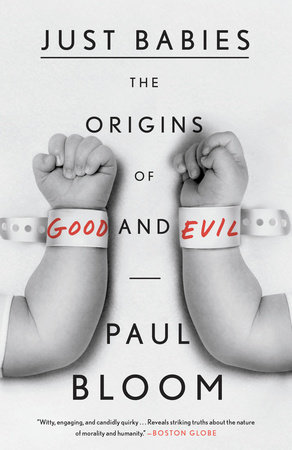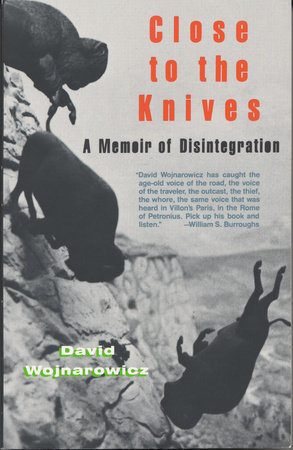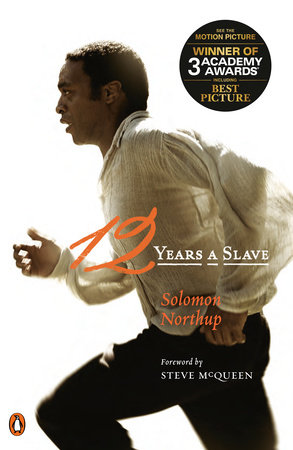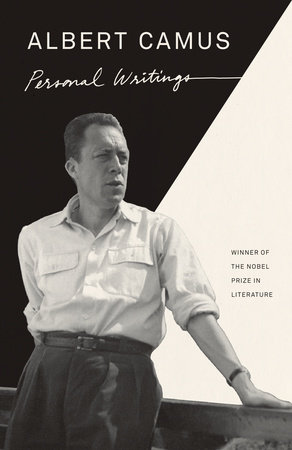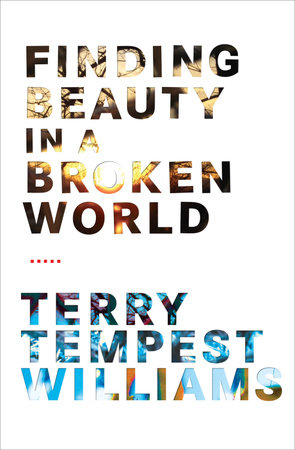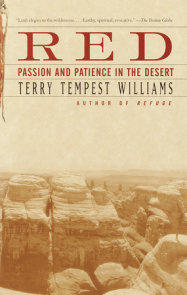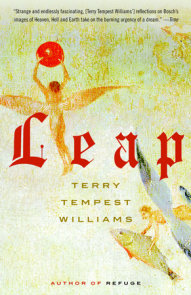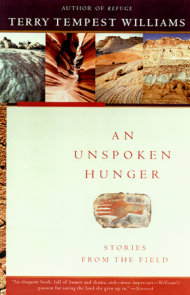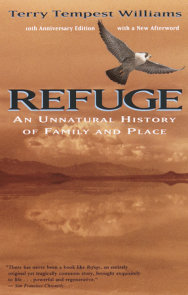Author Q&A
A Conversation between Terry Tempest Williams and Betsy Burton, owner of The King’s English Bookshop in Salt Lake City, UtahQ: Mosaic is such a beautiful art form—and an incredible metaphor for what needs to happen in our world, a way to create beauty, meaning out of what is broken in some global way. The word mosaic also serves as metaphor for what you do in Finding Beauty in a Broken World; you discover meaning, create a terrible and in the end blessed beauty out of seemingly disparate fragments. In the process you create a profound picture of life on this planet at this time—and across time. How did you first come to the notion of using the word mosaic, the art medium of the mosaic, the idea of a mosaic as you have done? And, why, in the end, did you decide not to use that word, mosaic, in the title?A: The word mosaic literally came into my mind after a prayer. I was coming out of a very tough year–it was after 9/11 and I had made the decision to speak out against Bush and Cheney and their march to war. But what I realized after a year of writing op-ed pieces and essays and a myriad of talks – was that my rhetoric had become as brittle as those I was opposing. I had lost my sense of poetry. I was in Maine. I went down to the shore. I was looking out at the waves and there was this moment of pleading, “Give me one wild word and I will follow it.”And the word that came back to me was mosaic. I took it literally (she laughs) and Googled it. At the time, my idea of mosaic was, I don’t know, breaking your mother’s plates into pieces and gluing them together again to make bad picture frames. I found this school in Ravenna. I called Brooke and told him I was going to Italy and bought a ticket. At the time, it all seemed very pragmatic. Even then, I went expecting some sort of craft course. But in truth, it was a very rigorous school for museum conservators and artists. They saw my ignorance right away and I was relegated to a corner for nearly three weeks breaking stones with a hammer and a hardie, creating material for those who knew what they were doing. It was wonderful. It got me out of my head and into my hands. Out of abstraction, into the real and tangible. What I came to realize is that mosaic is not just an art form but a form of integration. That mosaic is a metaphor applicable to all aspects life, not just art. Mosaic takes that which is broken and creates something whole. I was broken. I had lost my voice. Lost my poetry. The prayer came out of that moment of crisis. It was a way back home, back to the deepest part of myself. Q: There are so many fragments that make up the whole of your breathtaking book from the obvious ones that comprise its large sections (the art of mosaic, the community of the prairie dog, the building of a memorial in Rwanda, Louis, your translator, to the thematic ones that weave their way throughout—themes that deal with life on a more personal level such as death, family love, community. And although each fragment lends texture, depth, beauty, to the whole, the whole is so much greater than the sum of its parts. Did the weaving of parts, the congruence between them give you a starting point for this book or did the patterns emerge as you worked?A: They just kept emerging. I started with large stones and kept breaking them down into smaller and smaller pieces. I never knew where I was going. I just kept trusting that the form of the book would reveal itself. I unmoored the whole manuscript, removed chapter headings, titles, everything, until the text became a continuum like life. In the end, I realized I was creating a mosaic of words. It was a way of merging each thought, each sentence, each fragment with one another, fitting them into the overall design of the book. Open spaces on the page became the interstices of the mosaic. Some edges between words are rough and some are more fluid, again, like life, some words are sharp-edged, while others more rounded. There is a flow between them. There’s an organic nature to the mosaic and also an artistry. But writing always teaches me there is a fine line between what you can control and what becomes part of the alchemical process. I think it’s about being attentive on the page. But ultimately, you have to let go. I think this whole book was about letting go – letting go of family as I knew it, letting go of my fears as I sought to find beauty in a broken world. This book broke me open. I told it straight. Nothing hidden. Q: When I began reading the section on prairie dogs, read the daily litany of your essentially scientific observation of them, ‘What’s this?’ I thought. ‘Where in the world is she going with this?’ But then, as your own boredom with the process dissipated, so did mine. It happened when the prairie dogs became individuals. Although I initially cared about the prairie dog community, read about it with growing interest, it was Madame Head Wide Apart that brought tears to my eyes. Just as in Rwanda it was the individual stories that made me weep—and see the genocide for what it was. Yet still, it is their collective effect, the patterns that are visible when we step back that take the breath away. Can you talk about the deciphering of those patterns in each place and how you came to see the sometimes appalling symmetry so often discernable between the two?A: Again, I didn’t know where I was going when I started. I simply followed “one wild word” and trusted where it would lead me. This book is, in a way, about being present. If we choose to be present—whether in a tower observing prairie dogs or while observing a pyramid of human bones in Rwanda, it’s choosing to be engaged fully in the here and now with whomever we are with. This in itself is a spiritual practice, never easy. It is in our nature to be distracted with our wandering minds. We are seldom truly present in the moment at hand. Our lives are fragmented. We are fragmented and so are our thoughts. Beauty and grief teach us to be present, to acknowledge what is moving us to a deeper place of being.Being in Bryce Canyon National Park with prairie dogs, with Madame Head Wide Apart, in particular, allowed me to be present—It was my job as a field assistant, I had to record their behavior in five minute intervals. Not a simple task. At first, I was bored, nothing seemed to be happening, then in time, I became rapt by the unfolding drama, suddenly you just dissolve and become part of that whole ecosystem. So, on the one hand, time, two weeks with prairie dogs is nothing, the blink of an eye. But on the other hand, time became everything. You can observe and learn a great deal in two weeks. Presence. The same thing was true in Rwanda. Only two months. Again, the blink of an eye. And yet we were present. And I realized that as a writer I had to trust this act of witnessing. I had to let go of old forms of learning and just be there fully. It was bringing me into another order of humanity. I was responding. I could feel myself changing. My task as a writer was to simply tell it straight.Q: Is that why your language is so pared down in this book?A: Yes. I wanted the language to be spare, to not get in the way of the reader’s experience. I had to trust that if I got out of the way as a writer, the reader could then have their own experience on the page. I tried to paint pictures, create images, sensations, so the reader could enter in with their senses. As writers, we share where we have been and what we have seen. We bear witness. Through acts of witnessing, our perceptions are changed and actions are forged. Our view of the world shifts and we have the capacity to act in more compassionate ways.Q: Did you have any idea, when you signed on to observe the prairie dog town, that their community would fold into your own ideas about community, that their dignity as individuals would be so profound or that the danger they are in would be such an important metaphor for the danger we are all in?A: I’ve always had an affinity with prairie dogs. In the American West, when we were growing up they were everywhere from Utah to Colorado into Wyoming. They were integralto the sagebrush plains; a horizon in motion. We called them “pot guts.” They were easy targets for young shooters. And then, suddenly, where were they? Part of my thesis concerned prairie dogs, Utah prairie dogs, in particular. They are in my psyche. Always have been. You may find this strange, but I had this dream. A prairie dog stood before me and began to speak. It said, “I have a story to tell.” I woke up. Again, I took it literally. I wanted to find out what that story was. This dream was heightened by the fact that the New York Times Magazine had just identified Utah Prairie Dogs as one of six species world-wise that would most likely not survive the 21st century. Because I had this connection with prairie dogs, this familiarity, I figured out a way to be with them. I applied to be John Hoogland’s field assistant in Bryce Canyon. He is the world’s leading expert on prairie dogs. He accepted my application. With his guidance, I was able to spend time with them, to observe them, study their behavior and think about what they had to teach us as human beings. But I had no idea of the magnitude of their story. No idea of their level of communication, of their alertness, the complexity of their community or the crucial role they play in a grassland ecoystem. They are “a keystone species” which means over 200 other species from black-footed ferrets to burrowing owls to badgers are dependent upon them. Destroy prairie dogs and you destroy a varied world.Q: You move so directly from bones in museums, bones as artifacts in what you call the library of earth, to bones in Rwanda, the bones of genocide. In each case, the bones do serve as silent artifacts of history, and the viewers of those bones as witnesses. You say at one point, “Once witness to brutality, seen or heard, we become accountable.” Can you talk about the importance of witnessing whether as community members or as members of the human race?A: Once you’ve witnessed the church at Nyamata where 10,000 people were slaughtered, where the altar is stained with blood, where the ceiling is star-studded with bullet holes that it creates constellations, once you’ve listened to the stories of the people who survived, you can no longer turn away. That act of witnessing makes you accountable for that collective pain. You start thinking, How did the holocaust happen? How did the mass killing of native peoples happen? How did Rwanda happen? It happened because we choose not to look, we averted our gaze. We allowed ourselves to believe this horror had no relationship to us. Bill Clinton, who spoke for us, chose not to act. We could have stopped it. We could, right now, stop what is going on in Darfur. We have tremendous collective power if we choose to mobilize our empathy and act. We cannot stop suffering in the world—sometimes it’s enough to just get up and face the day. But as Lily Yeh said when asked, “What can we do?” Her answer was simple: “Do something. For me that something was going to Rwanda even though I was afraid. It’s about a dissolution of boundaries, even between species. Being with Madame Head Wide Apart made me question the supremacy of human consciousness. Being in Rwanda exposed me to a greater humanity and what it means to be human together. When we choose to be present we can live in a heightened state of awareness. A dissolving of boundaries, even our own prejudices begin to dissipate. It’s about being broken open. Finding Beauty in a Broken World is about creating beauty in the world we find. The degree of our awareness is the degree of our aliveness.When Lily Yeh first heard about Rwanda she asked Jean Bosco what she could do to help. Come to Rwanda and you’ll know, he told her. She came and she found out what she could do. So did I. We can all find a way to respond. Each in our own way. Each in our own time. We can all find a way to respond. It’s different for everyone. Q: Your book is brilliant in philosophical as well as human terms and yet you tell it as a student, as a pilgrim, not as a teacher. You listen, you witness, you are taught, first by Marco de Luca in Ravenna, then by John Hoogland in Ravenna, by Lily Yeh in Rwanda. And by Louis. And you learn from countless other individuals from Madame Head Wide Apart to your brother Steve, your booted clan of brothers; from the acceptance and willingness to pitch in of Spacious and Sharamanze in his School of Knowledge to the inescapable evil of Kawawa. Could you talk about the intellectual and emotional as well as the physical journey you took from Ravenna to the prairie to Rwanda? Do you see it as a pilgrimage? See your act of witnessing, the experience of a pilgrimage, as central to your book? To your life? A: That’s such a good question, Betsy, I hadn’t really thought about this…. The impulse for the book was spiritual, the pilgrimage was transformational, but the process was intellectual. In Ravenna, I went to see every mosaic I could find in every church, every museum. And I read everything I could get my hands on about the art of mosaic, about the word mosaic, its history.I did the same thing when I went to observe the prairie dogs. I read everything from historical and scientific monologues to from the turn of the twentieth century forward to ecological dissertations to political diatribes and public policy from the Endangered Species Act to Safe Harbor Agreements. It was a tremendous intellectual exercise. That’s how I do things, how I approach things. I read. I learn as much as I can and form a base line of knowledge, realizing how much I don’t know. When Lily asked what I was doing to get ready for Rwanda I said I was reading Machete Season. When I asked what she was doing to prepare, she said, “I am meditating.” Each in their own way…I must have read over fifty books on Rwanda, alongside U.N. documents and papers written from Human Rights Watch to various NGO’s. I traveled to the Library of Congress in Washington, D.C. and spent hours in the Map Room pouring over geologic maps, hydrology maps, colonial maps, even CIA maps. I wanted to know what the ground beneath my feet looked like. Of course, once I got there, it was all completely different, but at least, I had some background to carry me to the next level of understanding. Louis Gakumba, who was my translator while in Rwanda, tells me that when I was in his country, my eyes were so intense, and that all I did was ask questions. It was my hunger. I was not prepared for what we saw and what we heard. It was utterly disorienting. So much of my memories of my first visit was just listening and not being able to respond with any words, only my hand in theirs. And I can tell you when I came home, I was not the same person. Brooke and I were in Jackson. It was dawn and we were in bed when suddenly, an elk began bugling. I’ve heard that sound all my life. But this time, I sat up in a cold sweat. I thought I was hearing human screams. My frame of reference had changed.Q: Finally, you point out that words are fragments that can be put together create beauty, meaning as surely as can tesserae in a mosaic, or individual prairie dog lives in the grassland ecology, or the acts of witnessing in the re-creation what has been lost. You have put words together so brilliantly here and writing is so obviously important to you and to all of us who read—a way to communicate truth to so many. Yet you have done and continue to do far more than write—have literally put your life on the line in acts of extraordinary courage. You have spent time teaching, observing, witnessing, organizing. Lily says more than once, “Do something.” And you clearly agree with her, have yourself done so much. So, as important as words are, is there more we all must do if we are to find beauty? Survive? Or am I putting words in your mouth? And are you still discovering the boundaries of what that ‘more’ might be? For yourself? For all of us together and separately?A: I don’t know. (Hesitates) Every day is a question. I just go back to being present and paying attention to patterns. Gregory Bateson says “it’s the pattern that connects.” We can witness, recognize and respond to these patterns that connect us to something larger than ourselves. A writing life is a life engaged. I don’t see my life as being separated into compartments of writing or teaching or advocacy on behalf of public lands — It’s all of a piece, seeing the world whole, even holy, integrated and interrelated.Joy is born out of suffering. So is our spiritual growth. How do we live and love with a broken heart? Louis often told me when we were working in Genocide Survivor’s Village of Rugerero that you cannot deny the children of their joy. He was right. I’ve never seen such loving souls, hungry not just for food, but for knowledge, to be able to go to school and learn about the world that they are living in. A pencil and a piece of paper are among the most prized possessions. One of the things that was so stunning in Rwanda is how the children, most of them orphans, understand what it means to share. Their survival depends on their capacity to share. So does ours. That’s what life is to me. How can we be generous? And how can we live with our own contradictory nature? We are capable of both acts of generosity and genocide, compassion and cruelty. How can we take these two hands, one good, one evil, and bring them together in prayer? I believe when we truly engage in this kind of prayer, we will act differently. Humility is the word that comes to mind.
